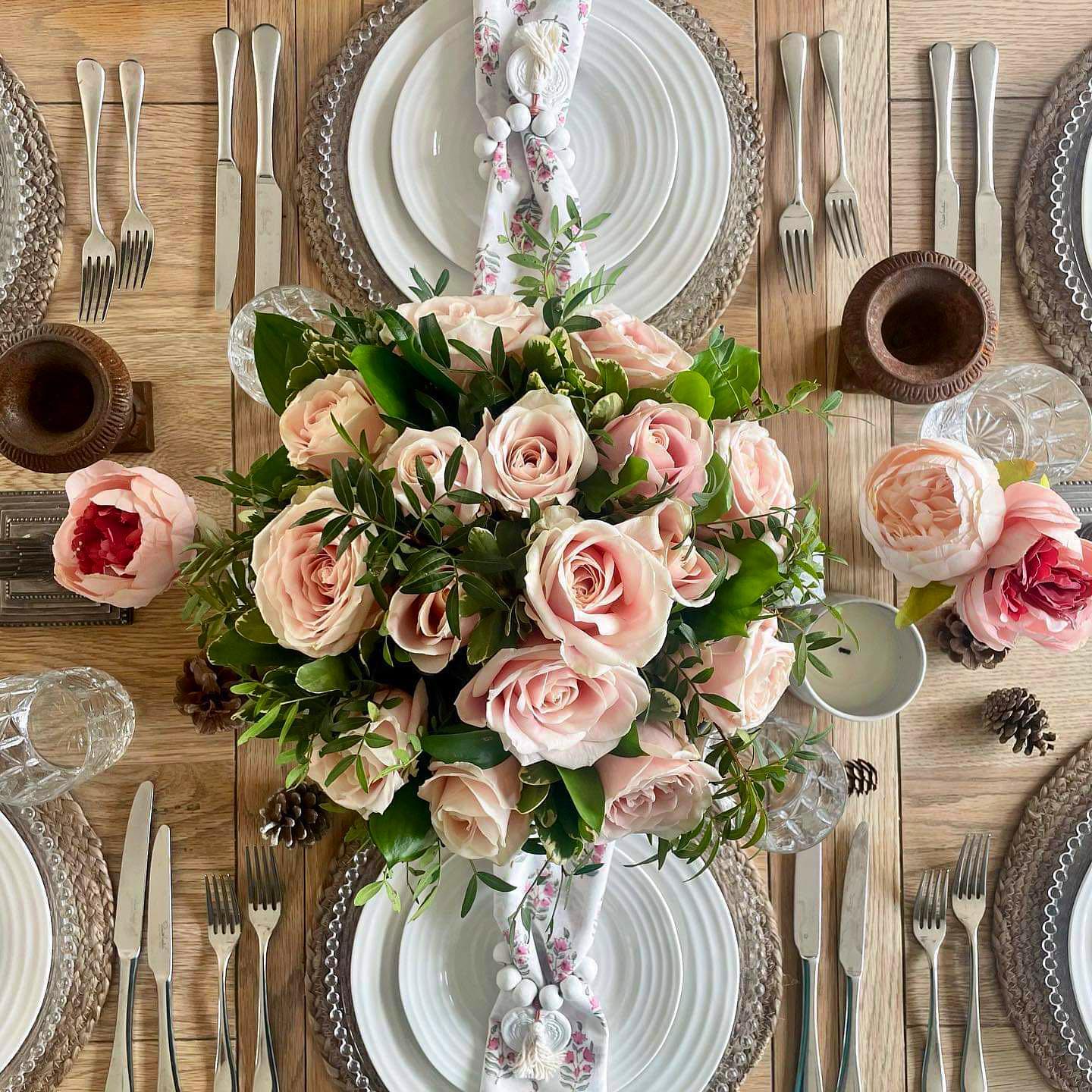How To Help Flower Buds Open
Before diving into the tips, it’s crucial to understand what flower buds are and why they might struggle to open. Flower buds are the early stages of flowers, and they often require specific conditions to bloom. Factors such as temperature, humidity, light, and nutrients play a significant role in the blooming process. Here I will give you a few general flower care tips and how to cut flowers to bloom.

Flower Buds Opening Tips
Now that we understand the basics, let’s delve into some practical tips to help your flower buds open.
Provide Essential Nutrients
Just as we all need food and water to survive, the same can be said for plants. The only difference is that plants have their own seasons. They remain dormant for a certain period of time and only start flowering when the time is right. The right time is determined by a number of factors, such as weather and terrain conditions.
Nutrients are the backbone of plant health, and a lack of them can prevent flowers from blooming. To support your plant’s growth:
- Use Organic Fertilizers: Choose organic fertilizers that provide essential nutrients like nitrogen, phosphorus, and potassium. Homemade compost or well-rotted manure can be excellent choices.
- Apply Mulch: Mulching helps retain moisture, suppress weeds, and provide nutrients as it breaks down.
Just as we all need food and water to survive, the same can be said for plants. The only difference is that plants have their own seasons. They remain dormant for a certain period of time and only start flowering when the time is right. The right time is determined by a number of factors, such as weather and terrain conditions.
My garden, like many others, prefers not to leave this task to nature and instead helps their flowers by providing them with the right kind of fertilizers to encourage them to grow and bloom. For cut flowers, flower food is added to the water to provide nutrients to the flowers and slow the growth of bacteria. This will help flower buds open and keep them fresher for longer.
Optimal Watering Practices
Water is vital for plant health, but too much or too little can be detrimental. Here’s how to water your plants correctly:
- Check Soil Moisture: Before watering, check the soil moisture by sticking your finger about an inch into the soil. If it feels dry, it’s time to water.
- Watering Schedule: Develop a regular watering schedule based on your plant’s specific needs and environmental conditions.
- Avoid Waterlogging: Ensure proper drainage to prevent water from pooling around your plants’ roots, which can cause root rot.
Ensure Proper Sunlight and Temperature
Most flowering plants thrive in environments with plenty of sunlight. Ensure your plants are getting at least 6-8 hours of sunlight daily. If you’re growing flowers indoors, place them near a window or consider using grow lights to mimic natural sunlight.
Temperature is another crucial factor. Most flowers prefer mild temperatures and can struggle to bloom in extreme heat or cold. Aim for a stable environment that maintains a consistent temperature.
If you pick the flowers while the flower buds are still tightly closed and put them in a vase with flower food and everything else they might need, there’s still a very real chance that they won’t open. This is because cut flowers should be placed out of the sun.
I always put my flowers near a bright window that gets about 6 hours of sunlight each day. With this amount of light, your flowers have a better chance of blooming.
In some cases, such as roses, removing the guard petals will help encourage flower buds to open up. While we want to encourage them to open, it’s also important to be patient and not try to rush it along too much. Also, avoid tight buds and opt for partially opened blooms instead.
Pruning and Deadheading
Pruning is not just about aesthetics; it’s also a crucial practice for encouraging blooms.
- Prune Regularly: Remove dead or damaged branches to allow the plant to focus its energy on producing blooms.
- Deadhead Spent Flowers: This involves removing faded or spent flowers to encourage the plant to produce more blooms.
Common Reasons Why Flower Buds Don’t Open
- Temperature Fluctuations: Sudden changes in temperature can shock the plants, causing buds to remain closed.
- Inadequate Light: Most flowers require adequate sunlight to bloom. Insufficient light can impede the blooming process.
- Nutrient Deficiencies: Lack of essential nutrients, especially potassium, can prevent buds from opening.
- Improper Watering: Overwatering or underwatering can stress the plant, hindering the blooming process.
Homemade Solutions to Help Flower Buds Bloom
For those interested in organic gardening, homemade solutions can be both effective and environmentally friendly. Here are a few DIY methods to try:
Epsom Salt Solution
Epsom salt, rich in magnesium, can help improve flowering.
- How to Use: Dissolve one tablespoon of Epsom salt in a gallon of water. Use this solution to water your plants once a month.
Banana Peel Fertilizer
Banana peels are an excellent source of potassium, which is crucial for flowering.
- How to Use: Chop banana peels into small pieces and bury them in the soil around your plants, or soak them in water and use the liquid as a fertilizer.
Coffee Grounds
Coffee grounds add nitrogen to the soil, which can promote healthy growth.
- How to Use: Sprinkle used coffee grounds around the base of your plants or mix them into the soil.
Vinegar Solution
Vinegar can help acid-loving plants like roses by lowering soil pH.
- How to Use: Mix one tablespoon of vinegar with a gallon of water and use it to water your plants once a month.

Outside influence
First you need to understand that plants use flowers as a means of reproduction. With the help of various factors such as wind and insects, plants can spread their seeds and multiply. This is an essential part of every plant’s life. We all know how much bees love the sweet nectar of many different flowers, but before stepping on that poor ant, have you ever thought about its precious contribution? There are some flowers that depend on them to bloom. Peonies are an example of this. Its flower remains tightly closed until the ants enter the flower. Once you gain access to the flower buds, they begin to open and bloom. So without those tiny creatures, flowers like the peony wouldn’t open up to the world.
Helping flower buds open into beautiful blooms doesn’t have to be a daunting task. By understanding the needs of your plants and implementing these simple tips and organic solutions, you can create a thriving garden full of vibrant flowers. Whether you’re just starting out or looking to refine your gardening skills, these methods offer practical ways to enhance your garden’s beauty naturally.
Remember, patience and consistency are key. With the right care, your flower buds will soon transform into the stunning blossoms you’ve been waiting for.
Happy gardening!





